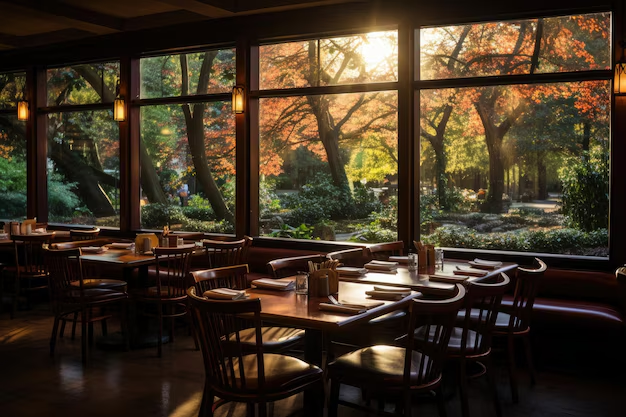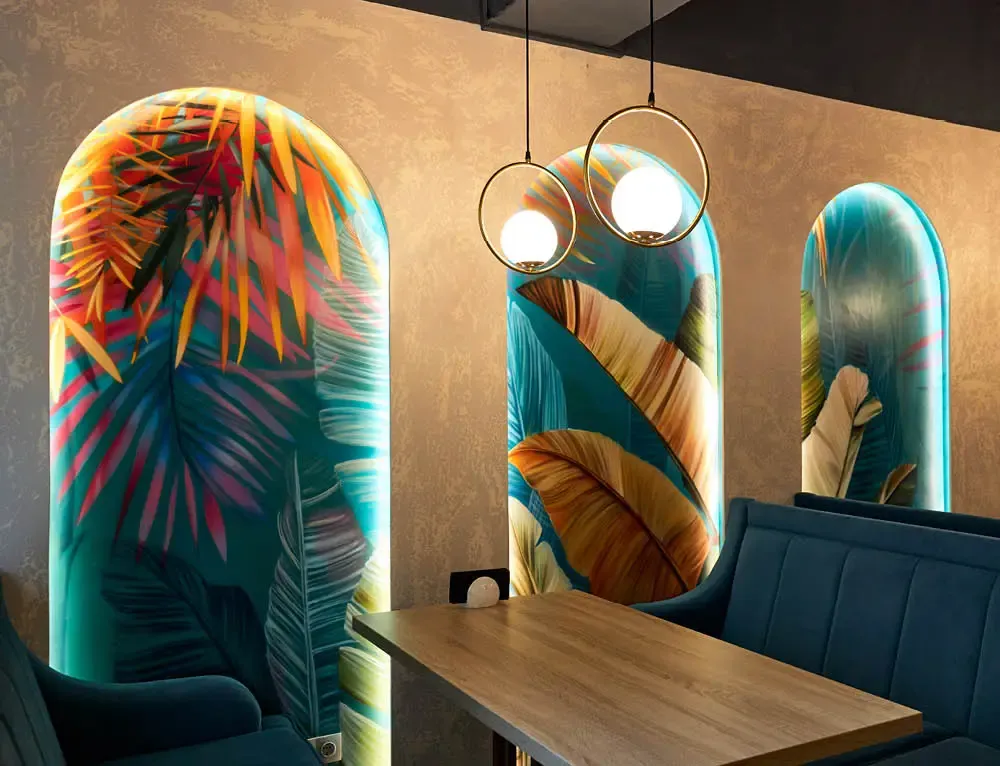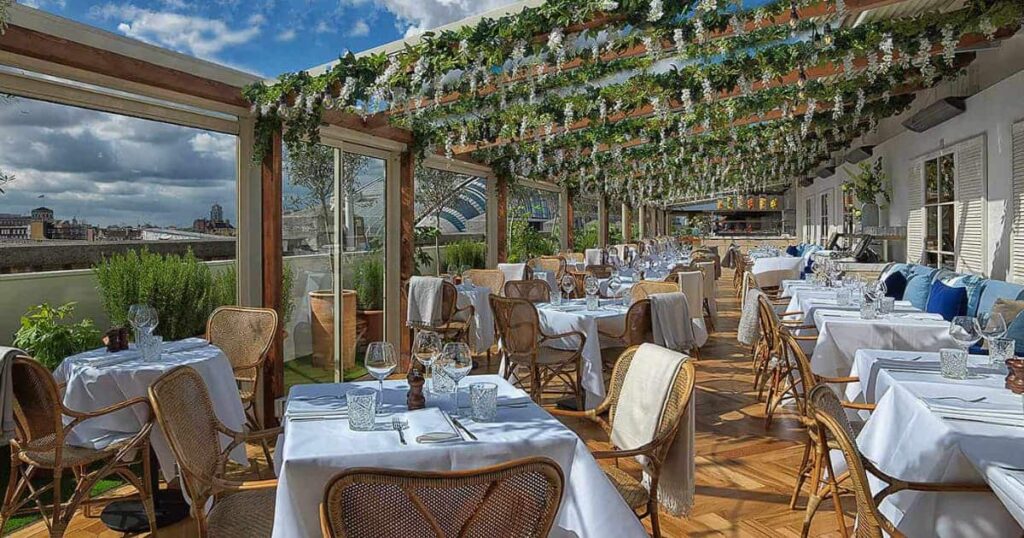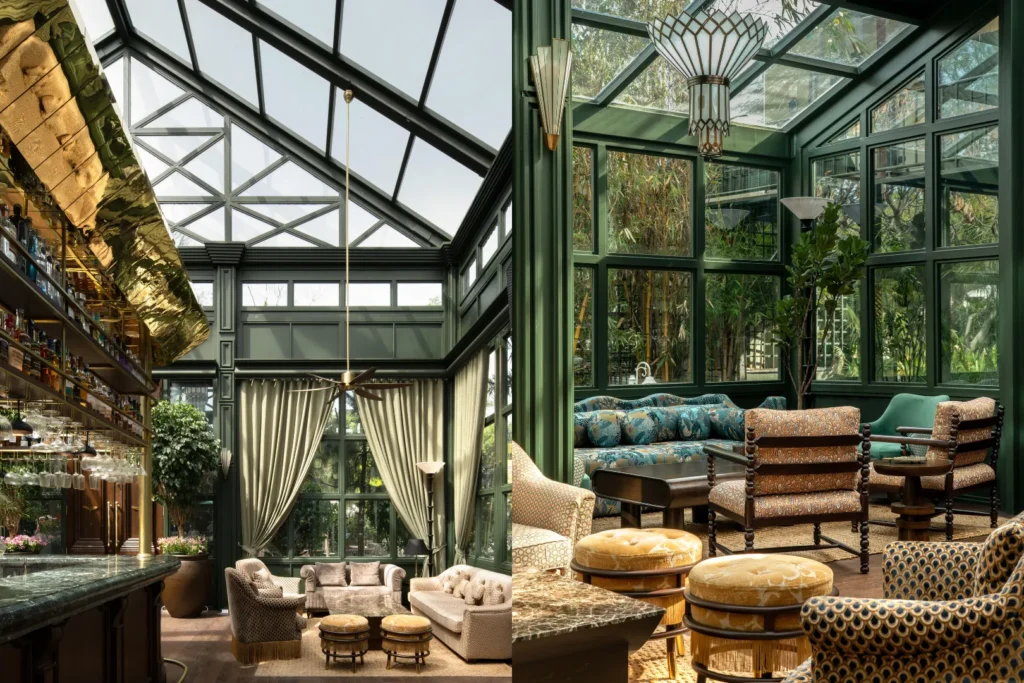Every element plays a vital role in creating an inviting and memorable atmosphere. One key feature that often goes underappreciated is the choice of windows. Designer windows for restaurants can significantly enhance both the functionality and aesthetics of a dining space. From framing stunning views to maximizing natural light, the right windows can elevate a restaurant’s ambiance and set the tone for a unique dining experience. In this article, we’ll explore the importance of designer windows and compare different types of materials to help you make the best choice for your establishment.
The Role of Designer Windows in Restaurant Interiors
Windows are much more than just a source of natural light; they are integral design elements that can define the look and feel of your restaurant. Designer windows for restaurants not only provide practical benefits such as ventilation and insulation but also serve as focal points that can enhance the architectural beauty of the space. Whether you’re designing a sleek, modern eatery or a cozy, intimate bistro, the right windows can make all the difference.

Maximizing Natural Light and Views
One of the primary functions of windows in a restaurant is to bring in natural light. Well-placed designer windows can flood the dining area with daylight, creating a warm, inviting environment that makes guests feel comfortable and relaxed. Large windows, such as floor-to-ceiling panes, can also provide diners with expansive views of the surrounding area, turning your restaurant’s location into part of the experience.
For restaurants located in scenic areas, such as beachfront properties or city skylines, large designer windows are essential for framing those views and giving customers an additional reason to visit. They allow the outside world to become part of the dining ambiance, enhancing the overall experience for your guests.

Customization and Unique Designs
Another benefit of designer windows for restaurants is the ability to customize them to fit your specific vision. From unique shapes to intricate frames, designer windows can be tailored to align with the theme and architecture of your space. If your restaurant features a contemporary design, frameless glass windows or large panoramic panes can help achieve a sleek, modern look. For more traditional or artistic spaces, windows with decorative frames or stained glass details can add a touch of elegance and charm.
Energy Efficiency and Performance
Beyond aesthetics, designer windows also need to perform well in terms of energy efficiency. High-quality windows can help regulate indoor temperatures, reducing the strain on your heating and cooling systems. This is particularly important for restaurants, which need to maintain a comfortable dining environment year-round. Designer windows can be fitted with energy-efficient glazing, such as double or triple-pane glass, to enhance insulation and reduce energy costs.

Comparison of Window Materials
When choosing designer windows for restaurants, it’s crucial to consider the material that best suits both the functional needs and the aesthetic goals of your space. Below is a comparison of common window materials to help guide your decision.
| Window Material | Durability | Aesthetic Appeal | Energy Efficiency | Best for |
|---|---|---|---|---|
| Aluminum | High | Sleek and modern | Moderate | Contemporary and industrial designs |
| Wood | Moderate | Warm and classic | Good | Traditional or upscale restaurant interiors |
| Vinyl | High | Versatile and clean | Excellent | Cost-effective, energy-efficient solutions |
| Fiberglass | High | Elegant and durable | Excellent | High-end, energy-conscious designs |
| Steel | Very High | Industrial and robust | Moderate | Heavy-duty applications and industrial-style restaurants |
Each material offers different benefits, depending on the look and performance requirements of your restaurant. Aluminum, for example, is a great choice for modern designs, while wood adds warmth and elegance to more traditional interiors.
Enhancing Your Restaurant with Designer Windows
Incorporating designer windows for restaurants can dramatically improve both the visual and functional aspects of your establishment. Whether you opt for frameless glass windows that open up your space or custom-designed frames that reflect the unique personality of your restaurant, the right windows will enhance the dining experience. With energy efficiency, durability, and aesthetic appeal all playing a role in your decision, designer windows are a worthwhile investment that can transform your restaurant into a stunning and inviting environment.

Conclusion
Designer windows for restaurants are much more than just architectural features; they are key elements that influence the atmosphere, functionality, and customer experience of your establishment. By selecting the right materials, designs, and styles, you can create a dining space that is both visually appealing and comfortable for your guests. Whether you’re looking for panoramic views, custom shapes, or energy-efficient solutions, designer windows offer endless possibilities for elevating your restaurant’s interior design.

